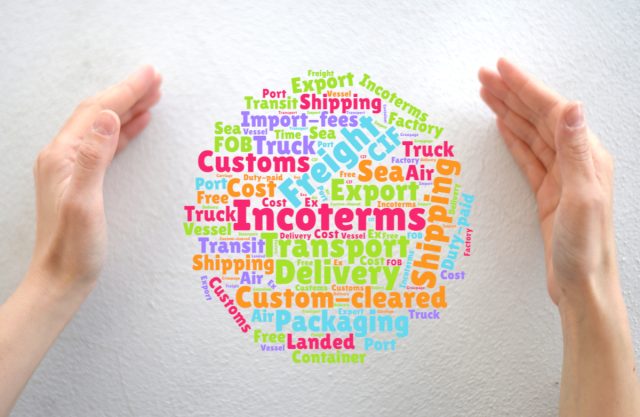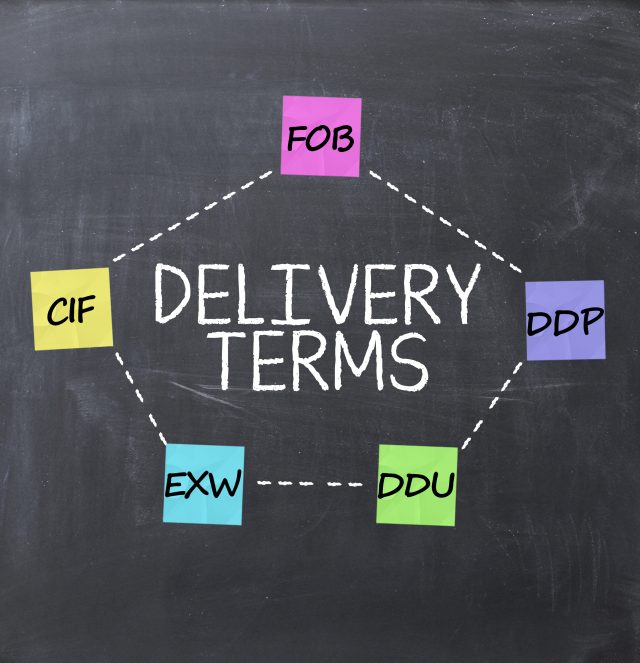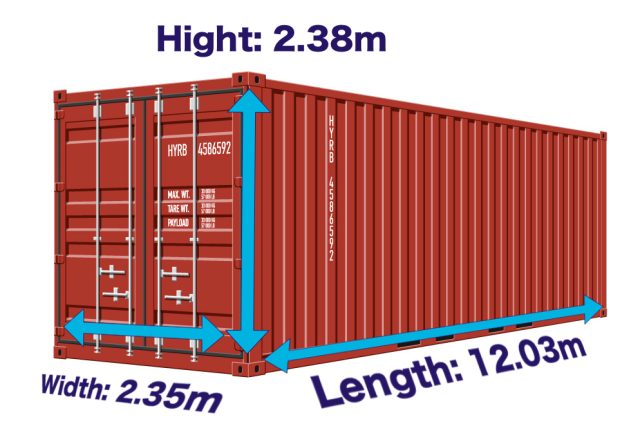Posted on: January 20, 2019 / Last updated: June 12, 2024
What is the L/C(Letter of Credit) deal? Explain its purpose, meaning, and related rules


L/C (letter of credit) – Letter of Credit is one of the documents commonly used in transactions regarding international transport.
In the case of international trade, the counterparties may be far away and their faces may not be visible, and risks such as non-payment are particularly concerned when starting new business. [br num=”2″]
L/C is used to reduce the risks to deal with the company in other countries.
If there is L/C, the bank that issued it guarantees payment, which makes it a very useful document for smooth transactions with the exporter/importer in overseas. [br num=”2″]
Therefore, it is essential for trade to understand well about L/C.
Here we will take a closer look at what L/C is used for, what purpose it has in trading, and what kind of provision concerning L/C exists.
::
CONTENTS
What is L/C?

L/C in trade means the guarantee letter issued by the L/C issuing bank at the request of the importer. In L/C, the L/C Issuing Bank promises to pay the price on behalf of the importer.
In addition, this promise has the condition that there is no discrepancy of exporters.
:
Significance of L/C transaction

What is the significance of L/C trading?
It can be said that through the L/C, there is an effect that both risks and anxiety of exporters and importers can be reduced and transactions can be started smoothly.[br num=”2″]
In the case where the transaction condition is advance payment, concern arises that as an importer, “Does the exporter truly ship the cargo?”
On the contrary, if the terms and condition is postpaid, the exporter will worry that “the importer will pay the price properly?”[br num=”2”]
It is the effect of L/C that makes this anxiety light, regardless of terms and conditions, by having L/C Issuing Bank intervening.
::
Benefits of L/C trade

:
Benefits for exporters
For exporters, the banks commit themselves for payment, so the risk of collecting bill is covered and banks will purchase the right soon after shipping, so they can receive the payment soon.
・The payment is guaranteed by Bank
・Exporter can receive the payment fast
:
Benefits for importers
On the other hand, import can deal with exporters for sure because of L/C transactions, and further more, the role of the banks will allow import to pay later for purchasing products, which will be an advantage of better cash flow for importer.
・Cargo will be transported for sure
・Cash Flow – Not Advance Payment
:
Disadvantage of L/C trade
As a disadvantage of L/C trading, there are cases where banks request collateral at the time of opening L/C for importers, so it can be monetary burden of them.
Considering this point, it may be better to consider whether to make L/C transactions depending on the exporter’s or importers’ credit status etc.
::
Rules for L/C

As a rule on L/C, there is The Uniform Customs and Practice for Documentary Credits (UCP600) by International Chamber of Commerce (ICC). Let’s look at each rule here and think about the nature of L/C.
:
Independent Principle of the Credit
The Independent Principle of the Credit abstraction means that the guarantee of payment from the issuing bank to the beneficiary (exporter) in the L/C transaction is independent from other contracts and conditions in the transaction.
The fact that the bank’s payment guarantee is independent means that for example, even if the exporter makes a breach of contract etc. and the importer requested the bank to stop the payment by that, the bank will pay the exporter.[br num=”2″]
Perhaps it seems to be an irrational rule, but that the effectiveness of L/C is firmly guaranteed as much, and that’s why L/C transactions are important in international transactions.
:
Principles of Document Transaction
The principle of document trading is that if there are no defects on the document in the shipping documents from exporters, even if there is a defect in the cargo, the issuing bank must commit the price payment.
The intent of this provision is considered to be that banks do not have to take responsibility for cargo. Banks only have to check the shipping documents and they will not check for cargo.[br num=”2″]
Perhaps it seems like a gentle rule to the bank, but considering the real case, you can understand that it is impossible for the bank to check the cargo for all L/C transactions.
However, it is said that vulnerability as a rule of L/C transaction is here. [br num=”2″]
In other words, even if it is an L/C transaction, when there is anxiety, it is necessary to inspect cargo at the export site and ask for attachment of a quality certificate.
:
Doctrine of strict compliance
In the L/C transaction, payment is made to the exporter by notifying the shipping document by the notifying bank.
For payment, the contents of the shipment document and the bill of exchange notes must be consistent with the L/C condition until it reaches one phrase. [br num=”2″]
It is called the doctrine of strict compliance. In practice, it is especially important for exporters to ensure the accuracy of the documents to ensure payment.
:
Issuing Bank is the principal obligor
In L/C transactions, it is stipulated that the issuing bank guarantees the payment of the L/C amount as the principal obligor of the transaction, not the minor obligor.
By this provision, the beneficiary can ask the issuing bank for payment directly without notifying importers of payment.
::
Summery
We have looked at the definition and purpose of L/C transaction, related rules. L/C transactions are indispensable in trade, and by familiarizing them about it, you can understand of payment settlement in transactions well.
Next time, I would like to think about the opening of L/C and the type of L/C. See you soon!












